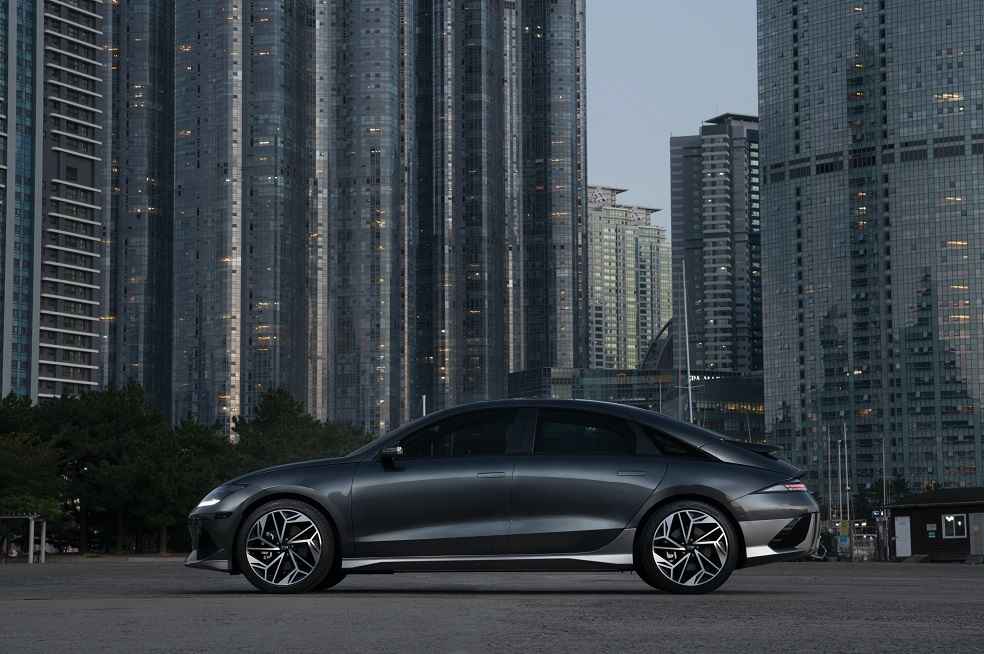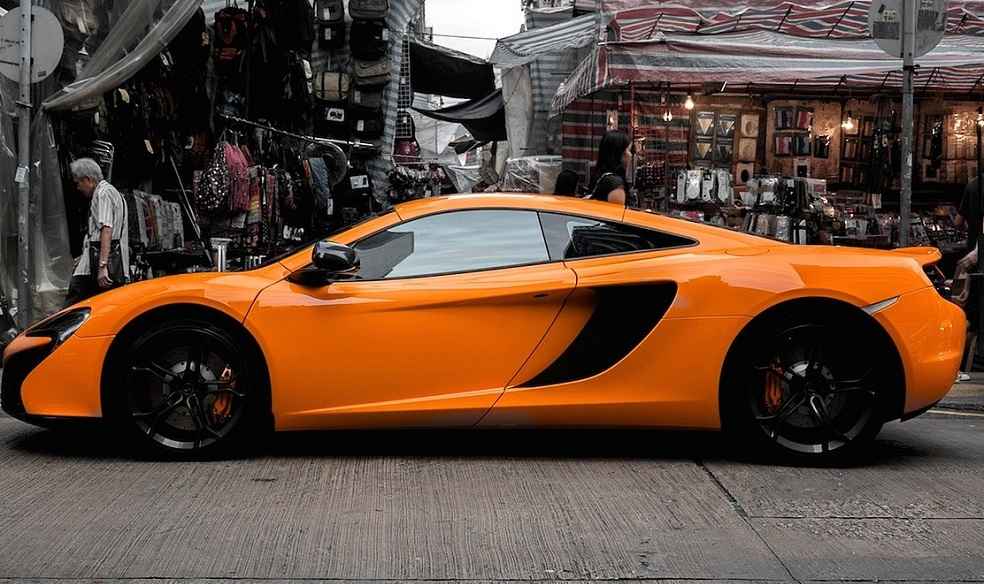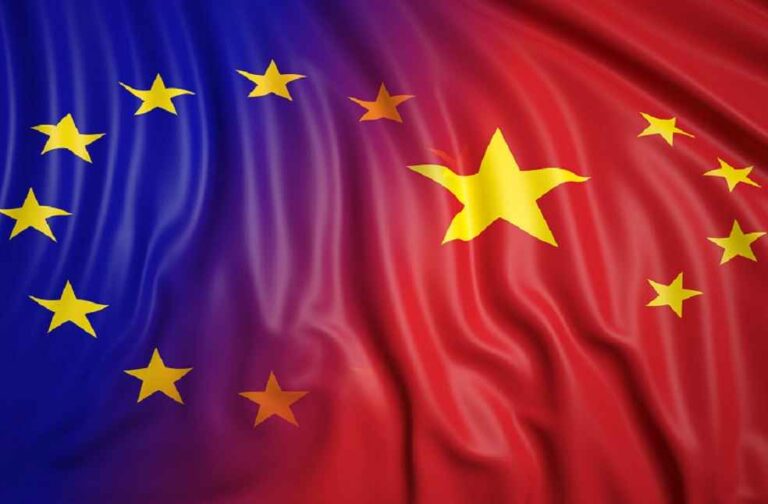With Europe’s commitment to transitioning to electric vehicles (EVs), the traditional automotive industry is feeling the tremors. The stringent EU laws, forbidding sales of new internal combustion engine (ICE) vehicles by 2035, and a broader aim to achieve net-zero carbon dioxide emissions by 2050, are inadvertently opening doors for Chinese EV manufacturers, while causing concern for their European counterparts.
China’s giant strides in the EV domain have placed them in a favorable position, with leading manufacturers like Zhejiang Geely Holding Group, Great Wall, and BYD holding an estimated 20% cost advantage over Europeans. Consequently, this is sending ripples across Europe’s automotive industry, which accounts for almost 8% of EU GDP, employs 13 million people, and generates over $405 billion in tax revenue.
In Germany alone, Europe’s largest auto market, sales of Chinese battery electric vehicles (BEVs) imports jumped from below 8% to nearly 30% in Q1 of this year compared to the same period in 2022. Such inroads are forcing Europe to rethink its environmental regulations, with French President Emmanuel Macron suggesting a pause in imposing such measures.

Meanwhile, Italy is leading a push against the scheduled tightening of Euro 7 regulations in 2025, which demand stricter limits on nitrogen oxides and carbon monoxide emissions. The auto industry argues that these rules are expensive, unnecessary, and advocates a delay in their implementation.
This influx of Chinese BEVs could cost European automakers an estimated €7 billion annually in lost profits by 2030, according to a report by Allianz Trade, unless countermeasures are undertaken. Investment bank UBS further predicts Chinese manufacturers to set up local operations in Europe to dodge potential political backlash and to gain a stronger foothold.
Yet, Chinese domination isn’t inevitable. Inovev, a French automotive consultancy, points out that European carmakers have the capacity to react by producing affordable cars. This may not be profitable initially, but necessary for survival. Moreover, renowned automakers like Stellantis have urged the EU to stiffen tariffs, given Chinese competition’s lead in electrification.

Professor Stefan Bratzel, Director of Germany’s Center of Automotive Management, reminds us that despite the robust Chinese threat, gaining ground in Europe against the well-established brands won’t be easy. It is a formidable challenge to balance innovation, cost reduction, and market penetration.
However, there is an undeniable reality. With EU regulation eliminating the entry-level segment served by models like Ford Ka, Citroen C1, and Renault Twingo, the Chinese see a lucrative opportunity. Models like the BYD Seagull, falling in the €15,000 to €25,000 price range, could fill a void left by their European counterparts.
While Europe is still sorting its green automotive strategy, China is racing ahead, banking on their efficient cost base and their growing foothold in the EV market. With the European market’s high prices and attractive profit margins, it seems the Chinese manufacturers are well on their way to capturing a substantial share of Europe’s EV market.
KNOWLEDGE: Safety Shocker: Electric Cars Outshine Gasoline Vehicles in Fire Risk Study






